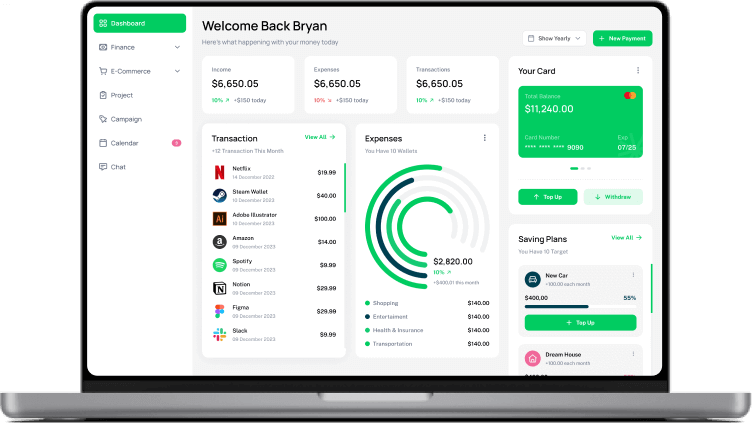Soft Sell
Definition: Soft sell is the way of selling that is much gentle, quiet, not so aggressive, and in most cases different from hard sell in the sense that it doesn’t push the product or service hard, but on the contrary, it tries to create some kind of relationship with the prospect and to emphasize what good the product can do in a less direct way.
Detailed Explanation
This type of soft sell is very conversational in style, with the aim of making the potential customer feel at ease rather than being bombarded by high-pressure sales tactics. It is, therefore, generally quite effective and less likely to irritate customers. Soft selling usually guides customers toward making purchases when they feel good about it, usually building trust over time and showing the value in what a product or service has to offer.
Key Features of Soft Selling:
- Building Relationships: The effort to make a relationship with the customer that is long term and not just to make a sale for the moment.
- Understanding Needs: Understanding the needs of the customer and in which manner a particular product or service is going to satisfy them.
- Inform: Offer information and answer questions helpfully, not forcefully.
- Subtle Persuasion: Soft persuasion techniques that lead the customer to make his or her own decision to buy.
- Patience: Giving the client all the time that he or she may need to make a decision without being pushy, even if it may mean not being able to close a sale promptly.
Importance in the Sales Process
- Enhances Customer Experience: the soft sell technique enhances the buying experience and customer loyalty.
- Reduces Resistance: Soft approach of the soft sell lowers customers’ resistance and tendency toward rejection.
- Encourages Repeat Business: Customers tend to return again and again to a salesperson who practices the soft sell approach because they feel more respected and valued.
- Trust Building: It helps the sales representative build trust with the customer, very much required for a long-term relationship in business.
Real-World Example
For instance, imagine a customer having walked into an automobile dealership. Instead of immediately launching into pitching the new model or talking about the price, the salesperson asks numerous questions about the current car, the needs of the customer, and other preferences. After consulting with the customer and listening to his needs, the salesperson will suggest that they take a look at some cars. The features and benefits of the car are likely to meet those needs. And all this must be done in an informative and relaxed, unpushed manner.
It is a way that the customer feels in control, appreciated, and will be able to experience a good time; hence the probability of having a sale immediately or in the future goes higher.

